Care home creates lasting legacy by 'moving in' nursery children to end 'age apartheid'
The recent Channel 4 experiment ‘Old People’s Home for Four Year Olds’, which saw a group of four-year-olds ‘move in’ to a retirement village for six weeks, has proved that children really can give older people a ‘new lease of life’ and prompted researchers to ask 'why should we let our older people slide into deterioration and into a place where they feel hopeless?'

The series of ‘moving’ scenes featured a widower, who formerly sat in his chair but who now 'feels very much alive' and another resident who said he would remember the children to his 'dying day'.
Now, as a result of the experiment and for the first time in the UK, St Monica’s Trust in Bristol, will be introducing a nursery within its community in a move intended to end the ‘age apartheid’ that increasingly keeps generations apart.
’I don’t feel old, it’s just the body won’t obey what I want it to do’
The Trust’s residents who took part in the experiment have spoken openly about the issues facing older people including their own struggles with depression, lack of mobility and loneliness.
Hamish Hall, an 88-year-old self-confessed sceptic, was doubtful if any improvements could be achieved, but was soon casting aside his walking stick and lying on the floor playing sleeping lions with the children – much to their delight.
Having lost his leg in a lorry accident aged just 14, the 88-year-old has lived alone for much of his life, without having any children of his own. He said: "Having initially been somewhat reluctant to get involved, I was very pleased to have taken part. They were delightful children and I was pleasantly surprised how well behaved they were. They caused me great amusement and I will remember them until my dying day.”
’Most of us are past our sell by date’
David, an 89-year-old retired geologist who once led expeditions to the Arctic, would often just sit in his chair since being widowed four years ago. But after losing his heart to four-year-old ‘poppet’ Eva, he now “feels very much alive” and the experience has given him “a new lease of life.”
The programme saw a number of improvements in the residents’ mental and physical health, including 80-year-old Linda whose mobility is affected by osteoporosis.
Described as ‘very down’ when she first joined the experiment, Linda’s friendship with four-year-old Amiya saw the two of them running across the croquet lawn hand-in-hand during a sports day.
According to the researchers, Linda, who has no children or grandchildren, ‘came out fighting’. She gained physical strength, her confidence improved and she showed a significant improvement in the geriatric depression scale, decreasing her score by seven points, from 12 to five.
The experience has even made her think about ‘planning for the future’. “You’ve got to keep going,” she revealed.
A lasting legacy
Chief executive of the St Monica Trust, David Williams, said: “When we were asked by Channel 4 to take part in this project, we all saw the potential of this wonderful experiment for changing the way we care for older people in the UK.
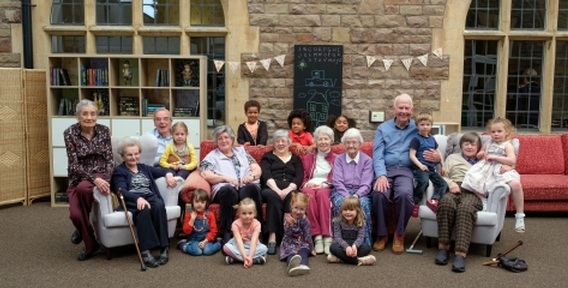
“To create a lasting legacy for all the great work started by this project, the Trust has committed to introducing a children’s nursery at one of our retirement communities and we are already consulting about a potential partnership with a local preschool.
“Seeing the evidence of the positive impact of bringing these two generations together has only strengthened the Trust’s desire to create open communities that actively encourage contact across different age groups.
“We will also be installing children’s playgrounds at all of our sites, including an indoor play area at our newest development in Keynsham, The Chocolate Quarter.”
Kelly Webb-Lamb, head of factual entertainment at Channel 4, said it quickly became evident that the impact the children had on the older adults was ‘astonishing’.
“Knowing there’s now a legacy from this experiment is incredible and we hope it can play a small part in helping to tackle the issue of social isolation in retirement communities and care homes,” she said.
Bridging the gap
Nightingale House, a residential, nursing and dementia care home for elderly Jewish men and women in Clapham, London, is also a pioneer of intergenerational care and will be opening its doors to 30 children a day in September.
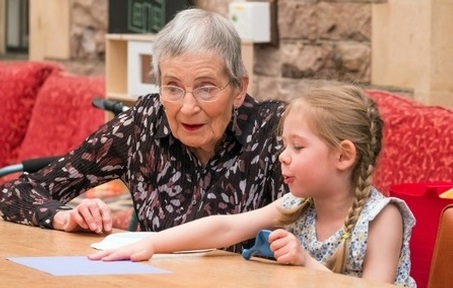
Children of Apples and Honey, a Jewish nursery located in Wimbledon, have been visiting their local care home for many years, and now they will be moving in.
During a typical week, the care home will have around 100 children aged between two and five-years-old taking part in a variety of activities with the older residents, including singing, cooking, gardening and story-telling.
Judith Ish-Horowicz, principal of Apples and Honey, said: “We have been visiting Nightingale regularly for as long as I can remember and it suddenly just made so much more sense to actually have a second nursery on-site to have daily interactions and work together.
“Quite a lot of international families who are living in the area don’t have extended families, they haven’t got grandparents. They want their children to have interactions throughout the generations.”
Benefits and challenges of co-location
In Japan, the first formal combined nursery and care home was opened in Tokyo in 1976, and became an established trend. By the 1990s the idea had moved to America, of which the best-known co-location is called Providence Mount St Vincent in Washington, where the older residents are offered the chance to play in the pre-school once a day.
The benefits of intergenerational care are not just social. The recruitment and retention of staff is currently one of the biggest issues many care providers are facing. Experience from other countries shows that co-location can provide opportunities for providers to share costs, whilst staff can grow and develop, undertaking new challenges in different settings.
However, co-location does present its challenges, particularly in relation to safeguarding vulnerable adults and children, and finding a suitable location big enough to provide both childcare and residential care services.
Latest Features News
 25-Nov-19
2019 Election: Boris Johnson leaves social care in 'too difficult box' but Labour vows to end 'crisis'
25-Nov-19
2019 Election: Boris Johnson leaves social care in 'too difficult box' but Labour vows to end 'crisis'
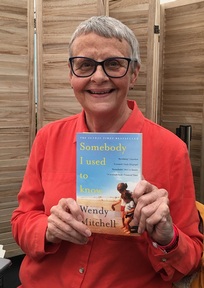 18-Oct-19
Podcast: Wendy Mitchell and dementia: 'My biggest fear is not knowing who my daughters are'
18-Oct-19
Podcast: Wendy Mitchell and dementia: 'My biggest fear is not knowing who my daughters are'
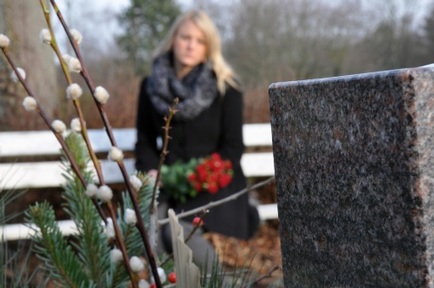 27-Sep-19
Exclusive: Care minister backs care workers' call for time off to grieve and attend funerals
27-Sep-19
Exclusive: Care minister backs care workers' call for time off to grieve and attend funerals
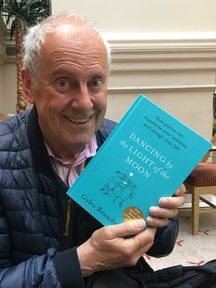 19-Sep-19
Podcast: Gyles Brandreth says poetry helps ward off dementia
19-Sep-19
Podcast: Gyles Brandreth says poetry helps ward off dementia
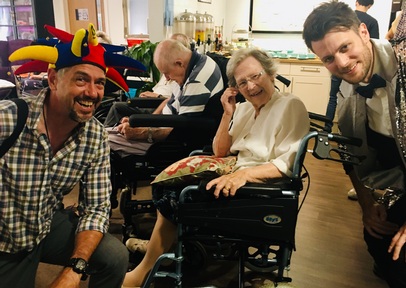 30-Aug-19
Edinburgh Fringe funnyman joins comics facing toughest audience at care home gig
30-Aug-19
Edinburgh Fringe funnyman joins comics facing toughest audience at care home gig